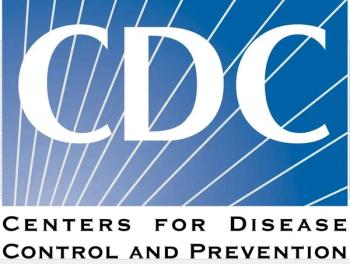
CDC Reduces COVID-19 Quarantine Requirement
The CDC reduced the length of quarantine required for persons exposed to someone infected with SARS-CoV-2 from 14 days to 10 or to 7 with a negative test.
The US Centers for Disease Control and Prevention (CDC) on Wednesday
The revised options are based on review of new research and on an "acceptable risk" of transmission. Citing a desire to reduce the significant personal, social, and economic burden of the 14-day requirement, the agency also hopes the options will increase overall compliance and improve observance of public health recommendations.
Highlights in this short slide show.
Newsletter
Enhance your clinical practice with the Patient Care newsletter, offering the latest evidence-based guidelines, diagnostic insights, and treatment strategies for primary care physicians.


